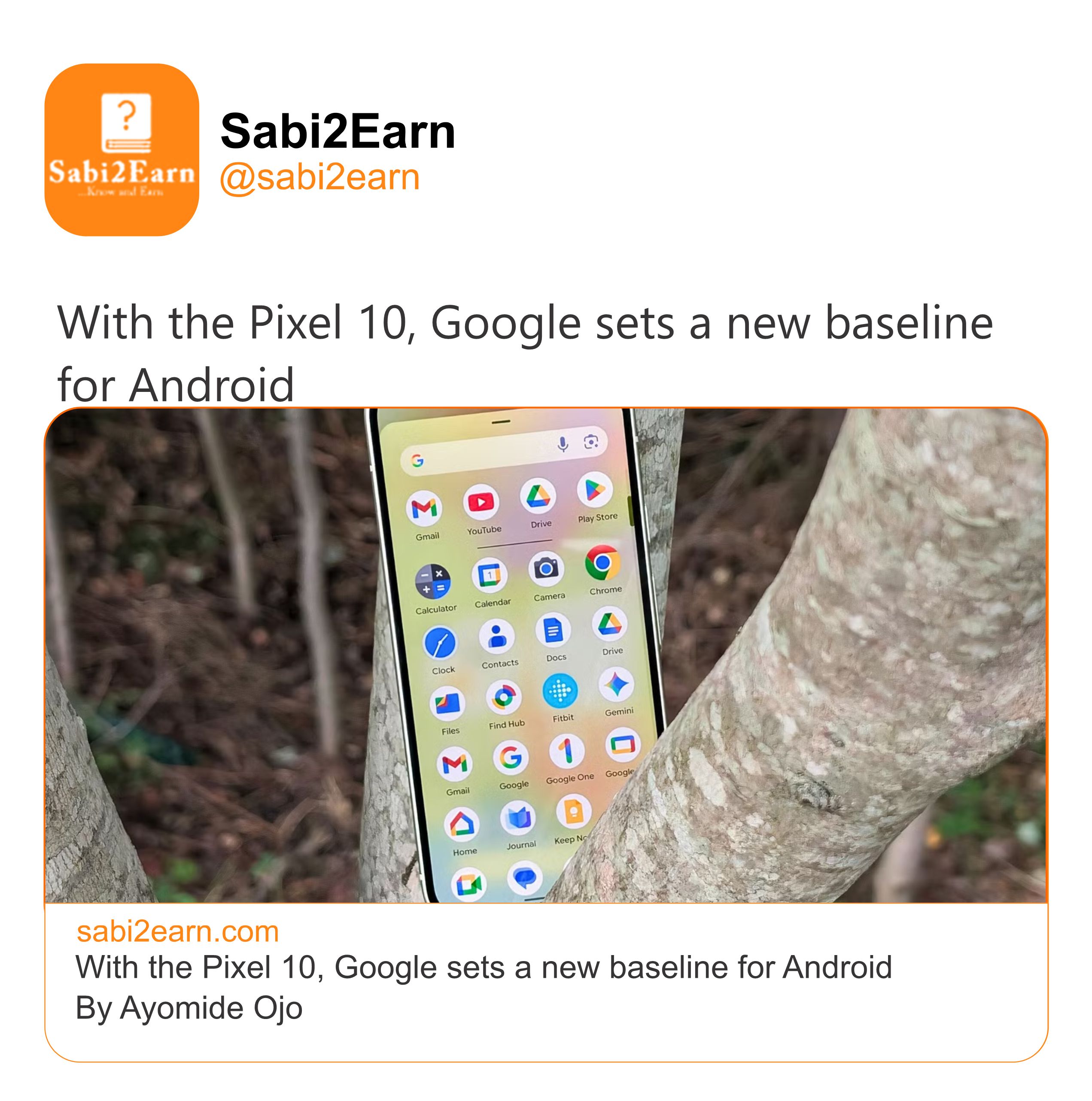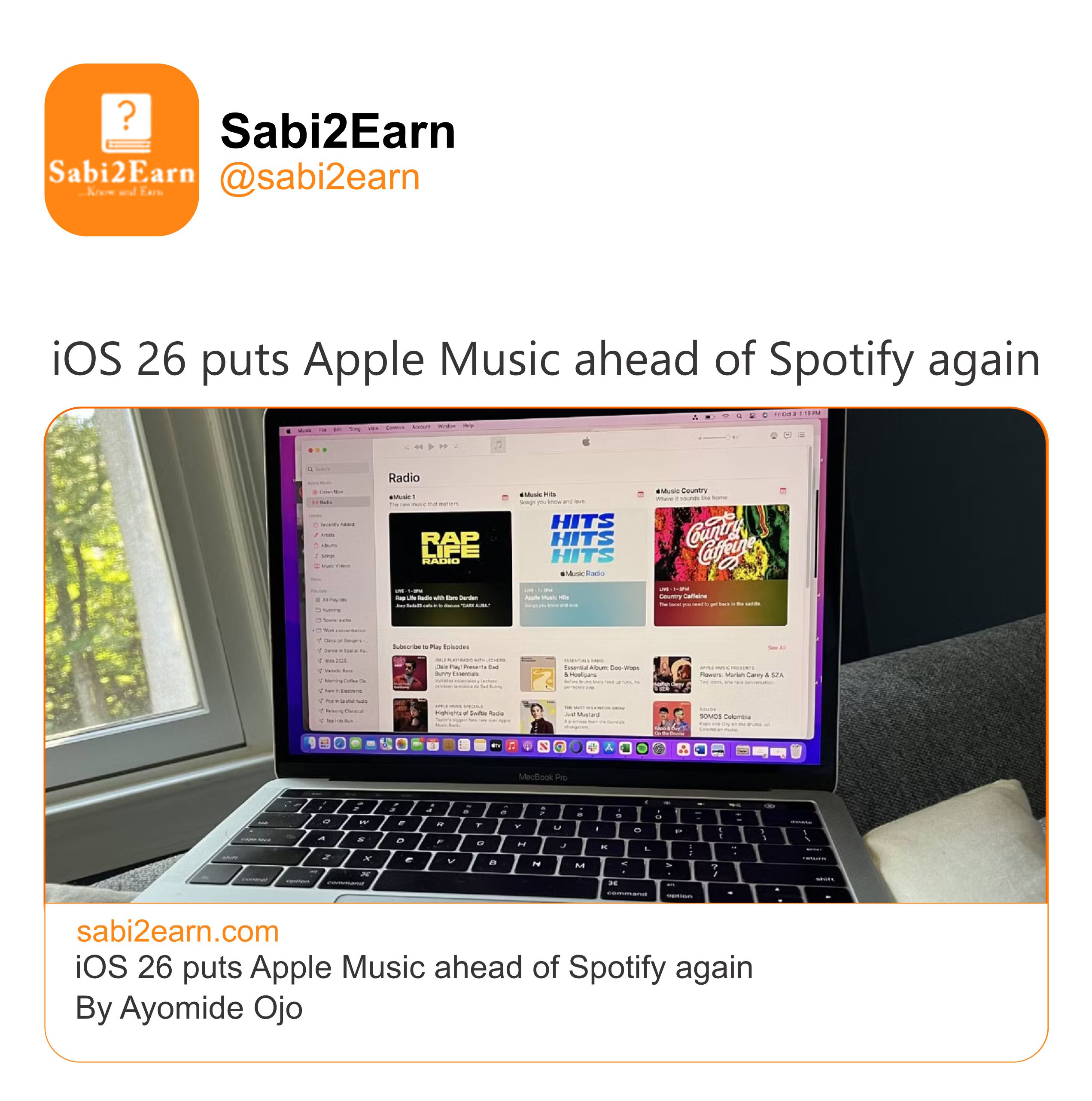With the Pixel 10, Google sets a new baseline for Android
Unlike Apple's tenth-generation iPhone X, which served as an evolutionary leap forward in smartphone design and in human-computer interaction modality back in 2017, Google is playing a humbler and more iterative game with its recently-released Pixel 10 series.
Now, that's not a bad thing per se -- slow and steady year-over-year improvements have been Google's mantra for some time now, and the company has been quietly consolidating its hardware identity within the competitive smartphone landscape since at least the days of the Pixel 6 in 2021.
Arguably, Google's existing Pixel 9 was already a well-rounded package to the point where it'd be a mistake to drastically alter the Pixel formula or to introduce a Project Soli-level curveball into the mix. With a focus on refinement and new AI experiences for 2025, I went ahead and switched my SIM card over to Google's premier (albeit non-Pro) Pixel 10 -- and, for the most part, I came away without disappointment.
Externally speaking, the Pixel 10 looks roughly the same as not only the Pixel 9 series, but also the Pixel 10 Pro and 10 Pro XL. The phone is characterized by boxy-yet-rounded corners, a prominent full-width rear camera bar, and a set of slim, symmetrical front-facing bezels.
Picking up the Pixel 10, its 7.2oz (204g) weight is well distributed, and its 6 x 2.8 x 0.3-inches (152.8 x 72 x 8.6mm) dimensions are large without feeling unwieldy. The small phone enthusiast within me would've loved for the device to be just a bit more compact, perhaps more comparable to the 6-inch screened Pixel 5, but the 10's 6.3-inch size class still strikes a solid enough balance between portability and usability.
As expected, the Pixel 10 is well-built, too. The unit's mix of aluminum and Corning Gorilla Glass Victus 2 tempered glass feels premium in the hand, there's no creaking or flexing to worry about, and, as has been the case on Pixel phones for some time now, it features buttons that are some of the most satisfying and tactile to click on the market. I'm a fan of the metal outer trim's satin finish, though I have to say that I'd have preferred a soft-touch rear glass panel as opposed to a glossy (and fingerprint prone) glossy one.






